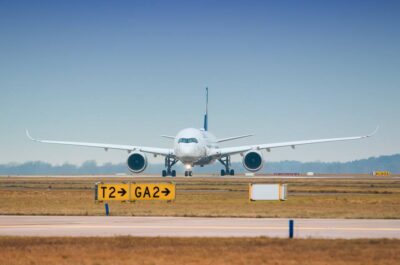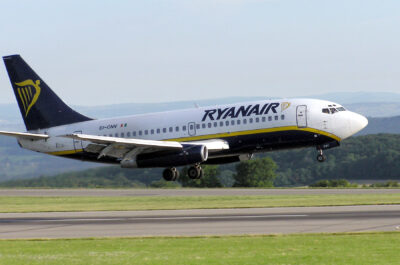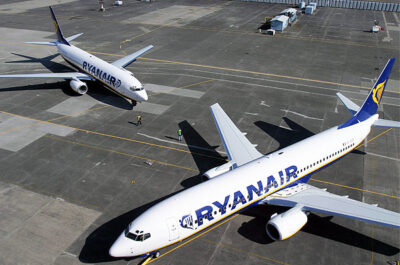A position Paper by European Cockpit Association – ECA.
There are several approaches when it comes to regulating safety in different industries. Regulators can prescribe exactly what actions entities (e.g. airlines) are to take to improve their safety performance. They can also prescribe the desired outcome allowing the regulated entity to decide how to achieve this. This so-called ‘Performance-Based Regulation’ approach can become an important tool to manage and enhance aviation safety in view of the expected significant growth in air traffic. Yet, it can also pose new hazards if implemented or overseen inadequately.
In a position paper, the European Cockpit Association outlines the potential benefits of Performance-Based Regulation (PBR), as well as the related hazards and ways to prevent them. Evidence shows that if implemented or overseen inadequately, Performance-Based Regulation can turn into a real threat to aviation safety, rather than the intended contrary. The financial sector, the oil drilling industry and the Fukushima disaster have shown the potentially catastrophic consequences of relying mainly on the industry to craft and monitor solutions for safety problems.
“You have got to make sure that the new ‘model’ works before you do away with the old one,” says ECA President Capt. Dirk Polloczek. “Compliance and ‘box ticking’ exercises, which are common nowadays, are not sufficient in our current dynamic industry. But loosely specified Performance-Based Regulation standards – combined with ‘light-touch’ oversight – can also pose a threat. This is why the implementation of PBR will have to be a gradual, step-by-step process that includes regular assessment and feedback loops, an “emergency break” mechanism and ability to be strictly overseen.”
The successful implementation of a performance-based system into aviation will depend to a large extent on the ability of oversight authorities, such as National Aviation Authorities and EASA, to provide sufficient and adequate resources and expertise, as this type of oversight will be significantly more resource-intensive than today’s checking of compliance with prescriptive rules.
“There is a long list of potential benefits associated with PBR, such as more effective risk management and more efficient oversight” says Capt. Paul Reuter, ECA Technical Board Director. “So it is a step which European pilots are committed to accompany at all levels. To succeed, several preconditions need to be fulfilled: The system’s ‘maturity’ at European, national and operator-level, must be assessed and established prior to implementing such a scheme, including a prior assessment of the operators’ and organisations’ internal safety culture. And front-end safety professionals – in particular flight crew and their representation – need to be involved as equal stakeholders at all stages and levels. Only if the system is based on mutual trust and transparency, will we be able to reap the expected safety benefits.”
ECA Position Performance Based Regulation Paper
Theodore is the Co-Founder and Managing Editor of TravelDailyNews Media Network; his responsibilities include business development and planning for TravelDailyNews long-term opportunities.

































































































































































































































